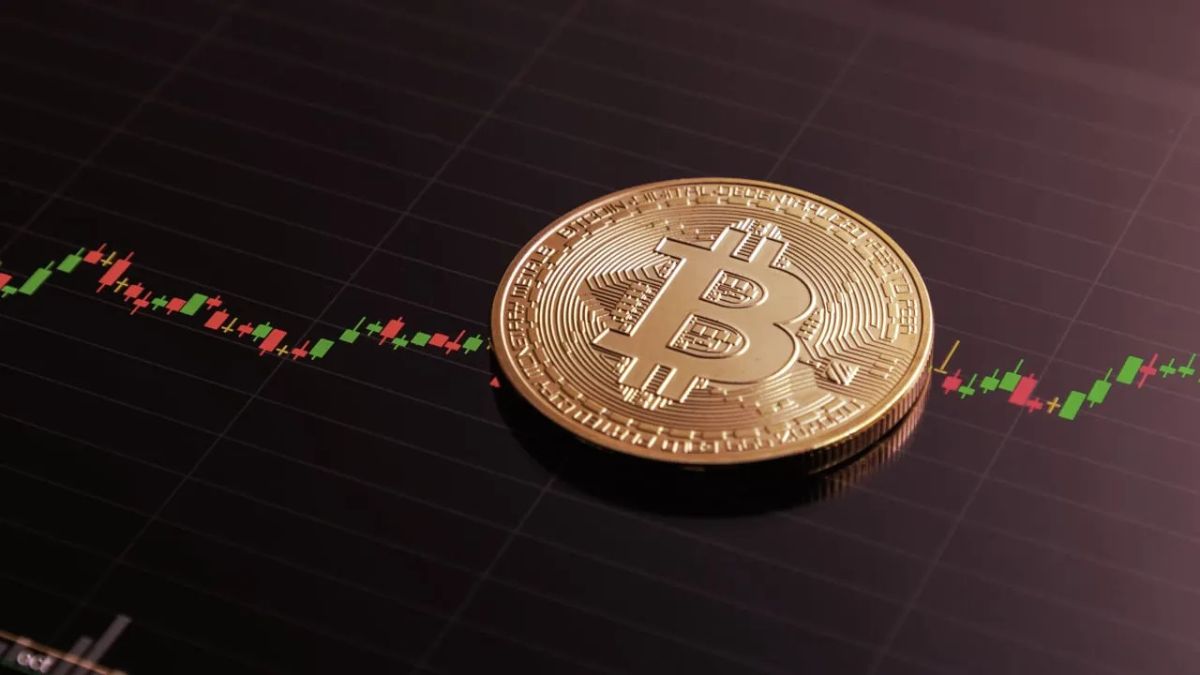Cryptocurrency markets are known for their volatility and fast-paced dynamics. Amid this whirlwind, managing trading volume effectively on crypto exchanges can make or break a trader’s or institution’s strategy. Whether you’re an individual investor dabbling in crypto, a market maker, or the operator of an exchange, understanding and implementing volume management strategies is key to optimizing trading outcomes and supporting overall market health.
This blog explores practical, strategic approaches to volume management on cryptocurrency exchanges. You’ll learn why volume matters, how it impacts liquidity and market efficiency, and effective techniques to manage it successfully.
Why Does Volume Matter on Crypto Exchanges?
Volume, at its core, represents the number of units of a particular cryptocurrency traded within a specified time frame. But beyond being a simple metric, volume plays a major role in determining market trends, liquidity, and overall market health.
1. The Relationship Between Volume and Liquidity
Liquidity is the lifeblood of any market, and crypto exchanges are no exception. High trading volume typically indicates a liquid market where orders can be placed and executed quickly, with minimal price slippage. On the flip side, low volume could lead to inefficiencies, causing delays or significant price shifts when executing trades.
For traders, higher volumes tend to offer more trading opportunities and better price stability. For exchange operators, volume is a critical factor in attracting users and maintaining profitability.
2. Volume as a Market Signal
For traders and analysts, volume is a key metric for identifying market trends. For instance:
- Rising Volume often signifies increased market activity and interest, possibly indicating the start of a trend.
- Falling Volume might highlight a loss of momentum, hinting that a trend could be slowing or reversing.
By understanding these signals, traders and institutions can recognize opportunities and avoid pitfalls in price movements.
3. Volume and Exchange Health
Exchanges thrive on volume. It’s the primary source of revenue through trading fees and a major factor in attracting both institutional and retail participants. Maintaining robust trading activity ensures sustained revenue and builds the exchange’s credibility.
Strategies for Effective Volume Management
Managing volume on a crypto exchange or within trading strategies takes a mix of technical tools, market insight, and operational techniques. Below are some actionable approaches.
Utilize Market Making to Enhance Depth
Market makers play an essential role in creating order book depth. To improve volume, exchanges often partner with professional market makers or incentivize trading activity through specific programs.
Market makers provide liquidity by quoting both buy and sell orders, narrowing spreads and creating smoother and more active markets. For crypto exchanges:
- Offering rebates to market makers can encourage ongoing activity.
- Implementing tiered fee structures can reward high-volume traders, creating natural incentives for greater participation.
Design Incentivized Trading Programs
One proven way to increase volume is by engaging users through trading competitions or reward programs. These initiatives encourage activity by giving participants incentives to trade more frequently.
Example strategies:
- Trading Fee Discounts: Offer discounted fees for users who reach certain volume milestones.
- Volume-Based Rewards: Reward top traders on your exchange with perks, such as token giveaways, exclusive access to assets, or even monetary rewards.
Such programs increase not only volume but also user engagement, creating a stronger trading community on the platform.
Employ Smart Routing Algorithms
For traders, using exchanges with poor volume and liquidity is less than ideal. To mitigate this challenge and manage order execution effectively, implement smart order routing systems.
Smart routing connects traders with multiple liquidity pools at once, ensuring they receive the best possible price for transactions. Many exchanges employ these solutions to aggregate fragmented liquidity and offer traders an optimized experience.
Monitor and Manage Wash Trading Risks
While some exchanges may engage in “wash trading” — artificially inflating volume through fictitious trades — this is widely discouraged and illegal in many jurisdictions. Wash trading can harm the credibility of an exchange and create misleading market data.
Instead, exchanges should focus on organic volume growth through transparent practices and incentives. Tools like blockchain analysis platforms and regulatory tech can help exchanges monitor suspicious patterns and maintain integrity.
Tailor Liquidity to Specific Assets
Not all cryptocurrencies require the same level of volume management. For larger, well-known assets like Bitcoin or Ethereum, volume tends to manage itself due to their popularity. Conversely, newer or smaller tokens may require more aggressive liquidity strategies.
Some methods include:
- Partnering with project teams for initial liquidity provisioning.
- Highlighting new assets in “Spotlight” sections on the exchange’s interface.
- Creating minimum volume guarantees or providing subsidies for particular trading pairs.
Leverage AI and Analytics for Predictive Volume Management
Modern exchanges utilize AI tools to predict trading volume patterns and adjust liquidity provisioning or marketing campaigns accordingly. If an exchange can anticipate a period of rising interest in certain tokens, they can allocate resources to handle the increased trading demand comfortably.
Data analytics platforms can also give traders insights into volume trends, enabling exchanges to market these insights as a service to their user base — another way to improve engagement and activity.
The Pitfalls of Poor Volume Management
Mistakes in handling trading volume can lead to significant challenges for crypto exchanges:
- Low Liquidity: Poor volume may lead to insufficient bit/ask spreads, frustrating traders and driving them away.
- Trading Irregularities: Artificially inflated volume leads to a lack of investor trust, potentially harming the exchange’s reputation.
- Loss of Competitive Edge: Without significant trading activity, exchanges will struggle to compete with larger players offering attractive trading experiences.
Enterprises and platforms must prioritize volume growth while ensuring compliance, transparency, and user satisfaction.
The Future of Volume Management in Crypto
The continual growth of the cryptocurrency industry means exchanges must evolve their efforts to sustain and increase volume. New tools, regulatory changes, and emerging technologies like decentralized finance (DeFi) will continue to blur the lines between platforms, introducing innovative ways to improve overall market efficiency.
For the most forward-thinking traders and firms, adopting strategies like algorithmic trading, tokenized incentives, and decentralized liquidity pools will pave the way for the next era in volume management.
Final Thoughts on Strategic Volume Management
The role of effective volume management cannot be overstated in the success of crypto exchanges and traders alike. From cultivating deeper liquidity pools to employing advanced analytics tools, the strategies outlined in this guide serve as both a primer and a roadmap for achieving better trading outcomes.
Want a platform that leverages AI-driven insights for market strategies? Get started today by exploring tools designed for optimizing your crypto trading performance.










